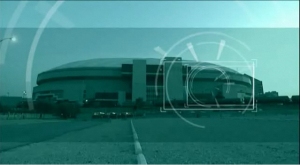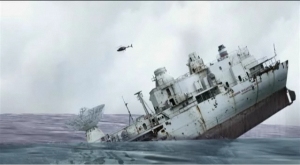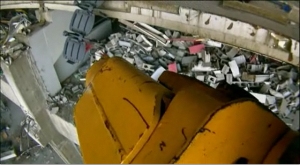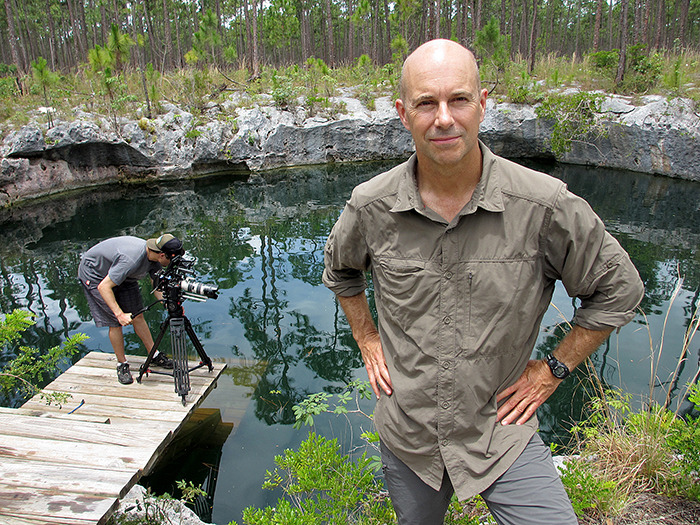Showing a 3D documentary demo: polarized home entertainment gear
Great news: we’ve nailed down all the equipment I need to show our 3D demo to broadcasters next week.
We’ve cut together test footage/VFX in preparation for the first 3D episode of Blowdown – the upcoming implosion of the Fonte Nova Stadium in Salvador, Brazil – to share with broadcasters.
But I couldn’t find a 46-inch JVC GD-463D10 to show it on – the company’s out of stock and backlogged.
So JVC’s providing us with a demo model – one of only four in the U.S. – for the screening.
A rep from CineLineWest, a local supplier, contacted the company on our behalf, and they’ve arranged for one of the two demo monitors on the East Coast to be shipped for the meeting – many thanks.
I’m not sure exactly why there’s such a shortage, but we’ve heard part of the issue is a high failure rate with glass in the screens during the manufacturing process because it’s a new technology and, as with any other new product, it takes time to refine the assembly line.
Our editor, Brian Mann, is making DVDs of the demo and a HQ digital version for my MacBook Pro so I’ll have the option of playing it either way (redundancy … yes).
We ordered 10 pairs of “Buddy Holly” circular polarization glasses from 3DStereo.
Thanks to the rep there as well, who offered to drop them off at FedEx on a Saturday.
And to top it all off, two pairs “James” specs from MicroVision Optical 3D – “the most current secret agent look.” Rocking.
Now our broadcasters will be able to experience the third dimension of home entertainment – a taste of things to come.
When they see this stuff, I think they’re going to feel the way I do – like this is how it was always meant to be.
One giant step closer to the real thing.
I’m not going to rest easy until the screening is finished … I can’t wait.




